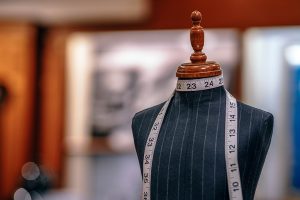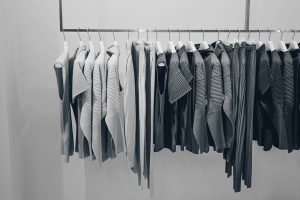Entrepreneurs and SMEs: A Journey to Building a Brand

Entrepreneurs and small-to-medium enterprises (SMEs) often approach me with the excitement of launching a new brand or improving and expanding their existing designs.
What they all have in common is “an idea”—a vision for a product to bring their brand to life. Some aim to establish a completely new brand, while others seek to refine their design processes or develop fresh designs for their existing business.
The journey is long and filled with challenges, as the processes involved are rarely as straightforward or predictable as one might think.
To support and guide others through this process, I will be sharing my knowledge in a series of posts. These will outline the key steps to follow, based on my hands-on experience in the industry.
What is Fashion?

The perspectives of experts in the field are invaluable when it comes to understanding fashion. To begin creating a product and a brand, it’s essential to grasp what fashion is and how it is defined by creators, philosophers, and writers. Understanding these definitions can significantly guide us in the process.
How does it work?
From the very beginning (the idea) to the final stage (sales), there exists what we can define as the “Fashion wheel.” This cycle repeats itself every six months, and in some cases, as frequently as every three months.
One important aspect of this cycle for our brand is deciding whether we want to create a traditional collection or a continuous collection.
How Does the Field Work?
One of the most common questions I am often asked is: Who creates trends? Understanding how the fashion industry works will help you:
- Understand trends
- Identify the right trade shows to source textiles
- Develop the collection with the ultimate goal of production
The Role of the Designer
It may seem obvious, but it’s not. Even if you have an idea in mind, you will eventually need a designer. You can start your journey on your own if you have training as a designer or pattern maker. However, if that’s not the case, a freelance designer or even one still in training can be an essential part of your team. They play a vital role in helping you create your collection.
Phases of the Collection
You already have the idea—what’s next?
In this section, we will explore the phases of developing a collection. These are the key steps you need to consider before you begin designing. We’ll discuss the tools you’ll need and what decisions must be made if you haven’t already finalized them.
If you already have a clear vision, perhaps I can help you reassess or reinforce your product concept. There are currently three key factors that will influence the development of your idea, aside from the product itself:
- Target Audience
- Brand Image
- Social Media Presence
Size of the Collection

You already have a clear idea of what your product is, and you’ve defined your target audience. However, before you start designing, there are two more important tasks to complete:
- Decide on the size of your collection.
- Choose the textiles you want to work with.
At this stage, we will explore the importance of having a clear understanding of the collection’s size, and you will also discover tools to help you select the right textiles.
Mood Board and Color Chart
A mood board is like an inspiration board—it serves as the guiding reference for your collection. Through mood boards, you will clarify all your ideas, allowing you to begin and advance your collection with confidence.
To dive deeper into this, I will dedicate an entire chapter to explaining why and how you need a mood board and how to create one effectively.
We will also explore how to extract the color palette for your collection and why it’s essential to capture those colors by drawing them from the mood board.
Building the Collection
Now it’s time to start designing. This is the most exciting part of the process (although I enjoy creating mood boards!). This is where you can fully express your ideas and let your creativity flow. Dream…
We will walk you through what we do with our sketches and silhouettes, step by step.
Plan of Collection
After designing and dreaming, it’s time to organize all the ideas we’ve created into what we call a plan of collection.
At this stage, we’ll add color to the garments, ensuring the collection is balanced and harmonious. It may reflect what you envisioned at the beginning, or perhaps it will take on a new direction. In any case, it will be your unique collection.
Technical Sheet
What is a technical sheet? What is its purpose?
Even though you design your collection and the ideas are yours, someone—whether close by or far away—will need to sew and create the final garments. For that, they will require clear instructions, and these instructions are provided in the technical sheet.
With a technical sheet, you can create your prototype and then move forward with production.
But that is a separate topic, which we will explore later, so you can finally bring your product to the store.
